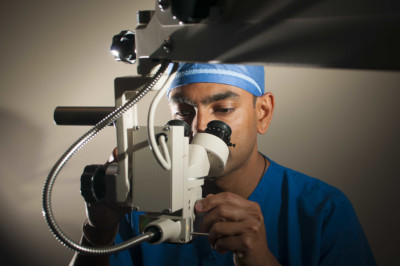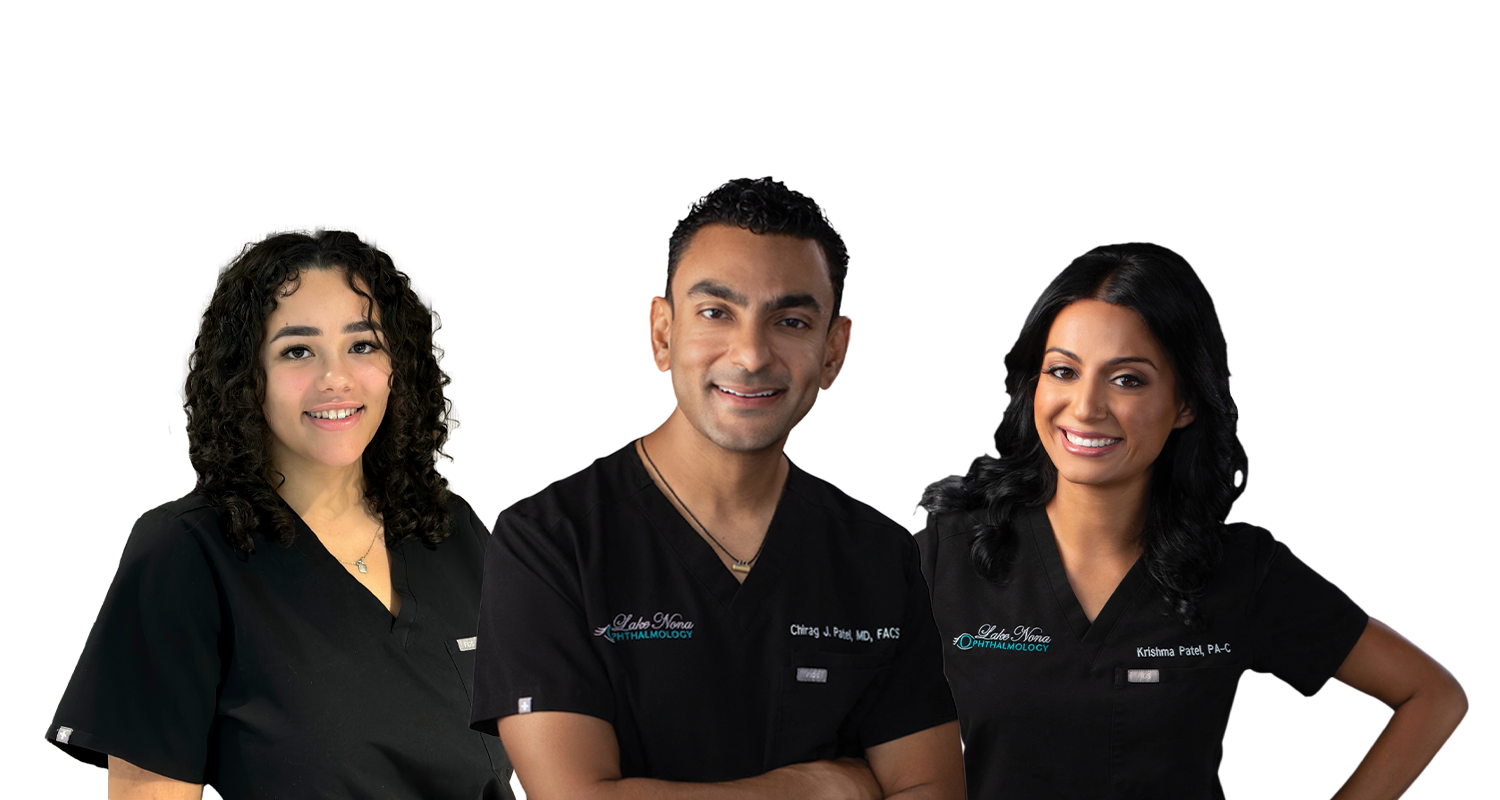Cataract surgery is one of the most successful surgical procedures in modern medicine. A cataract is the natural, age-related, clouding of the natural lens of the eye. A mature cataract causes many symptoms, such as decreased vision, glares, halos, reduced contrast and color vision. These symptoms may occur slowly or rapidly depending on the progression of your cataract.

At the time of cataract surgery, your natural, cloudy lens (cataract) is removed and a new lens implanted into your eye. The lens will remain in your eye for the rest of your life and can help you see much better, often without glasses. There are, however, many options when it comes to choosing the intraocular cataract lenses (IOLs) that are available for implantation.
Cataract surgery is one of the most successful surgical procedures in modern medicine.
So, what are your lens options during cataract surgery? Below you’ll find the different types of IOLs soif you do require cataract surgery, you’ll be prepared. Remember, this is a win-win situation as there is no wrong choice; your decision should be a personal one that is based on your desire to be free from spectacles.
Monofocal Aspheric
Monofocal aspheric lenses correct vision for only one type of visual impairment, either distance or near vision. The majority of patients who receive this lens implant will need glasses to see clearly. The monofocal aspheric lens does not correct for astigmatism (a misshaped surface of the eye that causes distorted vision) or presbyopia (loss of near vision that occurs with age). These lenses are the only IOLs covered by medical insurance. Some examples include Alcon SN60WF and Tecnis ZCB00.
Toric Monofocal
Toric monofocal lenses correct vision for a single focal point, either distance or near, while also correcting for astigmatism (distorted vision caused by an irregular eye surface). The result is clear, crisp distance vision. Many patients simply need over-the-counter reading glasses for near vision, and some may opt for monovision to reduce the need for readers.
Monovision is the term used when one eye is corrected for distance and the other eye adjusted for near. The result is a blended vision which significantly reduces the need for glasses. Examples include Alcon AcrySof Toric IOL and Tecnis Toric IOL.
Multifocal IOL
Multifocal IOLs are designed to give patients the ability to see objects clearly at different distances without glasses—near, far, and in between. The lens material distributes light to different distances, which the eye can focus on for sharper vision. For people who are active and who find wearing glasses inconvenient, this lens may be the optimal choice.
Multifocal IOLs correct presbyopia, and may also correct for astigmatism if needed. A drawback multifocal IOL lens design is potential nighttime glare and halos. Examples include Alcon AcrySof Restor and Tecnis Multifocal IOL.
Extended Range of Vision IOL
This latest design of lens provides high-quality continuous vision so patients can see clearly at near, intermediate and far-away distances, and points in between while wearing glasses less. The state-the-art material of extended range of vision IOLs allows distribution of light to different distances, similar to the Multifocal IOL. But the newer technology allows improved continuity of vision between daytime and nighttime as well as having a low incidence of halo and glare. This lens corrects for presbyopia and astigmatism if needed. Examples include Tecnis Symfony IOL.
Accommodating IOL
The accommodating IOL implant uses the eye muscle to flex and accommodate in order to focus on objects in the environment at all distances. The lens platform is similar to a monofocal IOL in that it will allow all of the light to focus within the eye, provide great nighttime vision, and excellent contrast vision, while also dynamically adjusting to a range of your visual needs. Accommodating IOLs correct for presbyopia and astigmatism if needed. Examples include Bausch and Lomb Crystalens AO and Trulign Toric IOL.
If you have any questions or would like to know more about the different types of IOLs, cataracts, or cataract surgery, please don’t hesitate to reach out. I’ll be happy to answer any of your questions or concerns.


